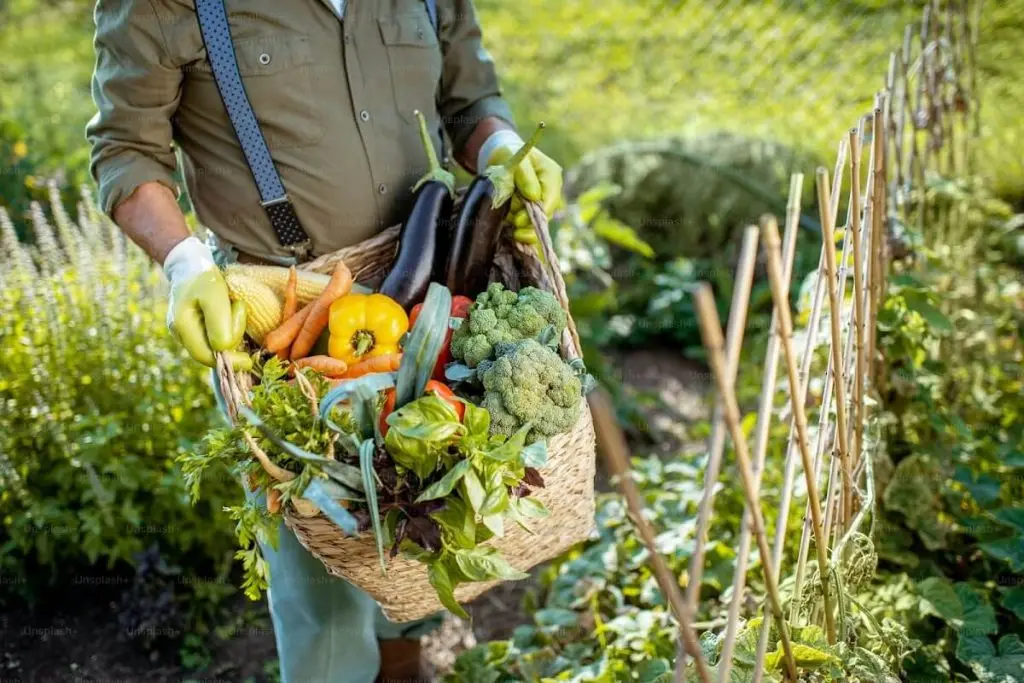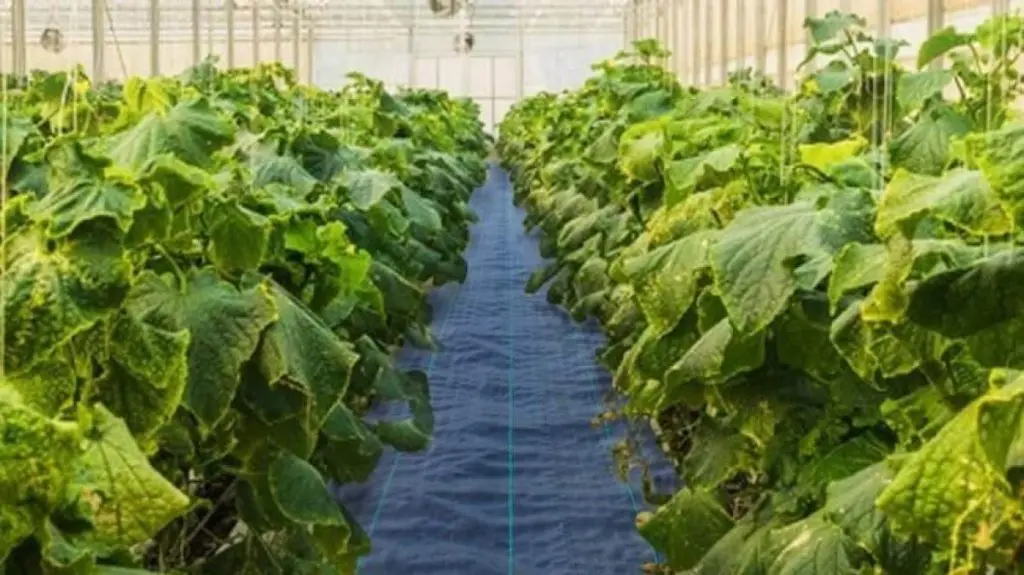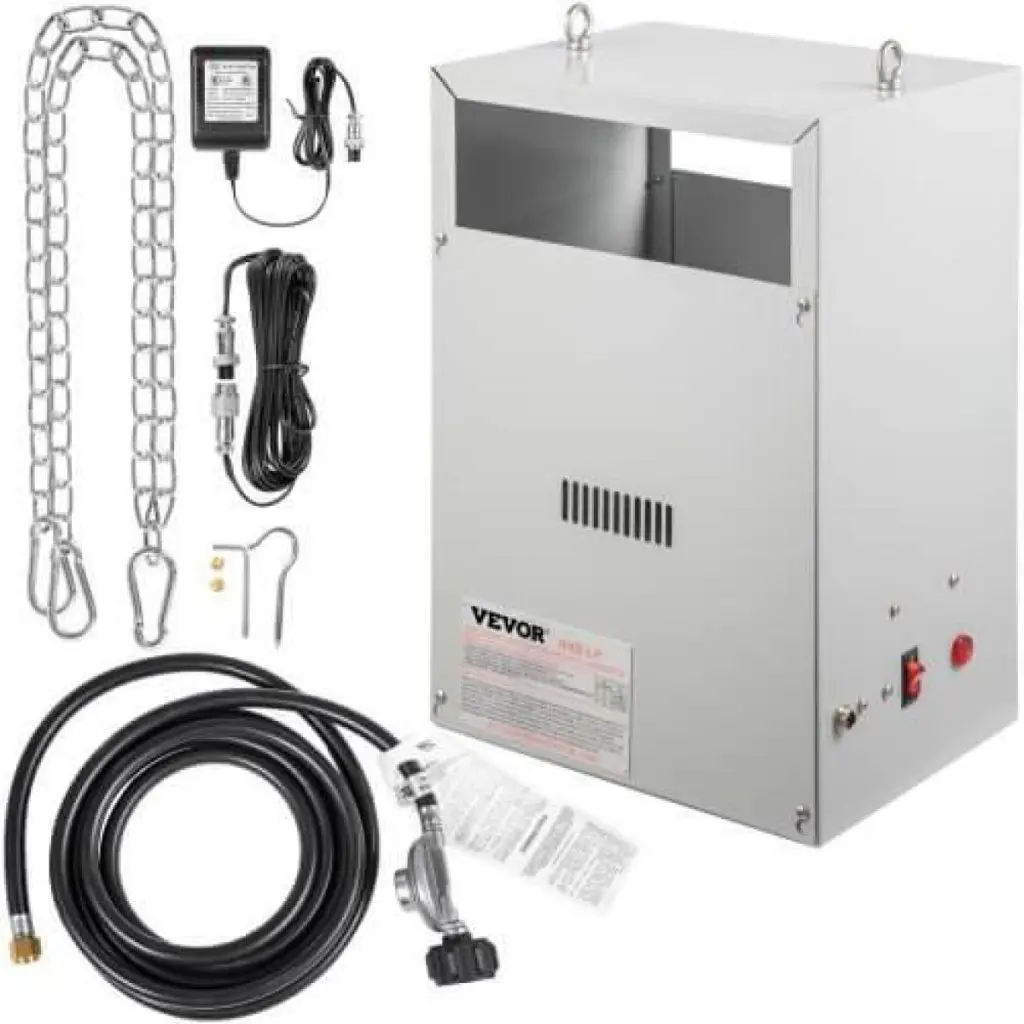Wondering when to pick juicy tomatoes or crisp lettuce for peak flavor? Timing is crucial for the best taste and health benefits. Harvesting at the right time ensures a steady supply of fresh produce and improves quality and taste. You can boost your garden’s productivity easily. All you need to know is each vegetable’s needs and proper harvesting techniques
In this guide, you’ll learn the best times for picking, different picking methods, the right tools, and key techniques for harvesting vegetables. Whether you’re a beginner or an expert, these tips will help you get the most out of your garden. Enjoy fresh, tasty veggies all season long.
Table of contents
- When is the Best Time to Harvest Vegetables?
- Essential Tools for a Successful Vegetable Harvest
- Harvesting Techniques for Different Vegetable Types
- Tips for Maximizing Your Home Garden Harvest
- Common Harvesting Mistakes to Avoid
- Post-Harvest Handling and Storage
- Extending the Harvest Season
- Conclusion: Enjoying the Fruits of Your Labor
When is the Best Time to Harvest Vegetables?
Want to know when precisely is the best time to harvest veggies? So, let’s have a closer look at how you can get the very most of the taste and nutrition out of foods!
Understanding Vegetable Maturity
Timing of harvesting helps in getting vegetables with enhanced taste and quality in terms of nutrients.
Some vegetables like radishes, lettuce, and spinach turn early since they have relatively short gestation periods. They should be harvested young to achieve the best taste and texture. Some vegetables, including pumpkins, winter squash, and Brussels sprouts, are harvested in late summer or fall.
- Tomatoes: Bright color and softness would be the ideal option to guide the choice.
- Cucumbers: They should be fresh and should not be of that type, which is falling apart and has a yellow color.
- Carrots: They should be bright orange and firm.
- Peppers: Firm with bright colors depending on the need of the product such as green, red, and yellow among others.
Time of Day Considerations
Timing matters when harvesting vegetables. The best time to pick is in the morning. Vegetables are crisp and full of nutrients then. Fresh leaves like spinach are best harvested early. They are at their peak quality in the morning.
Evening harvesting has its benefits too. Tomatoes and peppers taste sweeter when picked later. This is because they produce sugars during the day. As the day ends, these sugars make the vegetables sweeter. So, if you want sweeter produce, harvest in the evening.
Knowing when to harvest can make a big difference. Morning for nutrients and crispiness. Evening for sweetness. Simple timing tips can help you get the best from your garden.
Essential Tools for a Successful Vegetable Harvest
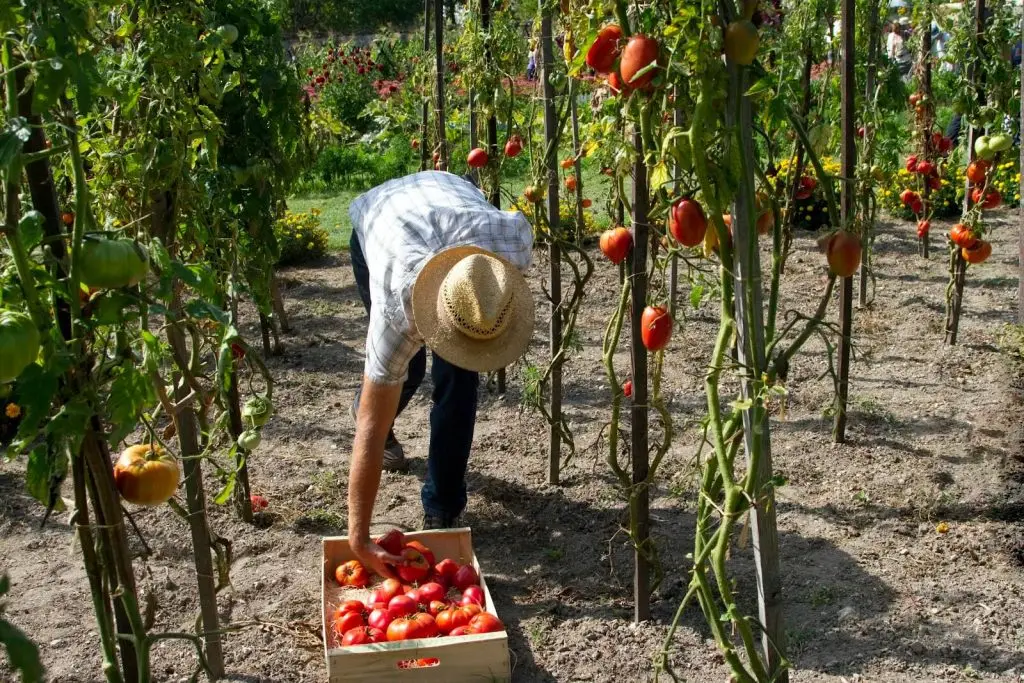
A successful vegetable harvest relies on having the right tools to efficiently and safely gather produce. Must-have harvesting tools include garden shears, pruners, and knives.
Must-have Harvesting Tools
Harvesting fresh vegetables requires the right tools to ensure efficiency and quality. Here are essential tools every gardener should have:
- Garden Shears: Suitable for making clean cuts in herbs and other soft vegetation without damaging their growth.
- Pruners: To ensure that large stems and branches are well trimmed to enhance the growth of plants.
- Knives: Ideal to harvest fruits and vegetables, and larger produce with clean cuts.
For higher branches and tougher pruning tasks, consider VEVOR’s high-quality garden tool set, such as the VEVOR Manual Pole Saw. This extendable tree pruner features a sharp steel blade and lightweight fiberglass handles, adjustable from 7.3 to 27 feet. It’s perfect for trimming palms, shrubs, and high branches, ensuring efficient and safe harvesting.
Harvest Containers and Storage Solutions
- Garden hods – Garden hods are strong and effective, making it possible to pick produce without destroying them.
- Baskets – Baskets are ideal when it comes to the handling and transportation of the harvested vegetables
Harvesting Techniques for Different Vegetable Types
Leafy Greens and Herbs
Leafy greens and herbs such as lettuce, spinach, and basil benefit from proper cutting methods to ensure continuous harvesting. Use sharp scissors or garden shears to cut leaves just above the base, leaving the growing point intact. This supports new growth and allows multiple harvests throughout the season.
For herbs, regular harvesting can prevent flowering and maintain the plant’s flavor. Consistently trim the outer leaves first, working your way inwards. This method extends the yield and keeps the plants healthy and productive. By employing these techniques, you can enjoy fresh greens and herbs over an extended period.
Root Vegetables
Root vegetables like carrots, potatoes, and beets require careful digging to avoid damage. The ideal time to harvest is when the tops begin to yellow and die back, indicating maturity. Use VEVOR’s ergonomic garden fork for efficient harvesting. The 45.3″ x 20″ hand tiller, weighing 11.5 lbs, is perfect for loosening and aerating soil.
Made of high-quality steel with six 12.8″ tines, it is rust-proof and durable. Its well-welded U-shape design ensures stability.
To use, step the tines into the ground and press down the handles to break up the soil, making harvesting effortless and less labor-intensive than traditional methods. This tool is also great for weeding and other cultivation tasks.
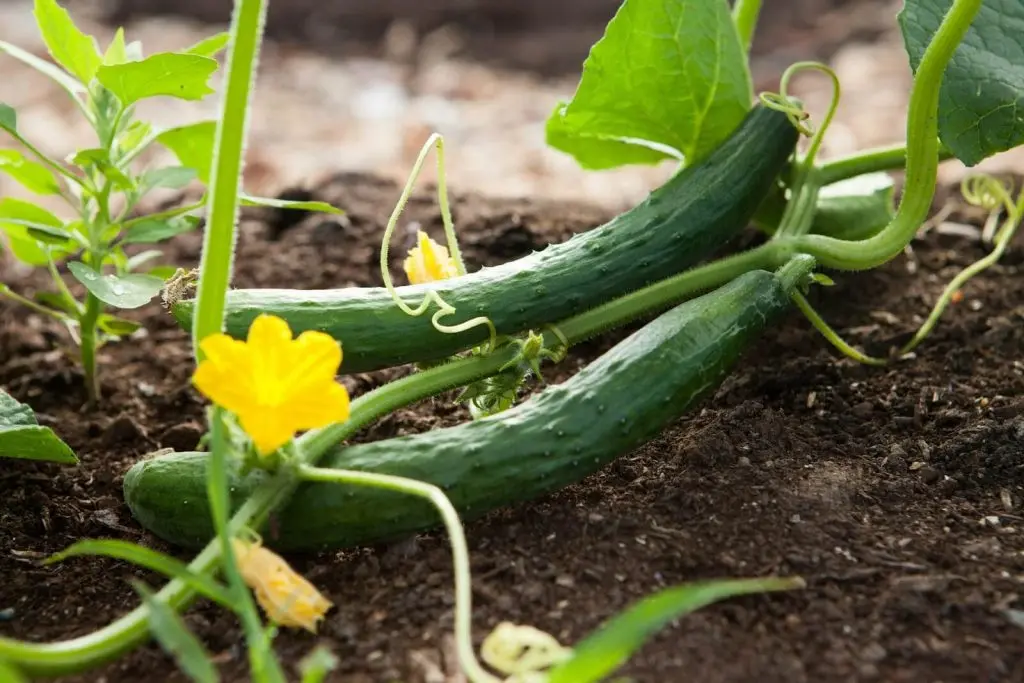
Fruiting Vegetables
Vegetables, such as tomatoes, cucumbers, and peppers, require identifying peak ripeness for the best flavor and texture. Keep an eye on color changes, firmness, and size appropriate for the variety. Gently harvest using your thumb and forefinger to twist or cut the fruit from the vine, taking care not to damage the plant.
Regular harvesting promotes additional output and prevents overripening. Handle the veggies gently to minimize bruising, which can lead to deterioration. Proper scheduling and gentle management of fruiting vegetables ensure a steady supply of fresh food throughout the growing season.
Tips for Maximizing Your Home Garden Harvest
Succession Planting for Continuous Yield
For a continuous yield by home garden harvest, try succession planting in your garden. Plant at regular intervals to extend harvest periods. This helps you avoid too much produce at once. Begin with early-season crops.
Follow up with more plantings as space opens up. You can plant the same vegetables or different ones. This method makes the best use of your garden space and resources. It ensures you always have fresh vegetables available. Succession planting is an easy way to keep your garden productive all season long. Enjoy a steady supply of homegrown produce with this simple technique.
Recommended For Your Project
Proper Plant Care for Optimal Production
Proper plant care is crucial for achieving optimal production in your home garden. Watering is fundamental; plants require consistent moisture levels, especially during hot periods or dry spells.
Fertilizing supplements soil nutrients essential for plant growth. Choose fertilizers tailored to specific plant needs and apply them according to recommended schedules to promote healthy development and higher yields.
Effective pest management is vital to protect plants from diseases and pests that can reduce productivity. Regular inspection and early intervention with organic or integrated pest management methods help maintain plant health without relying heavily on chemicals.
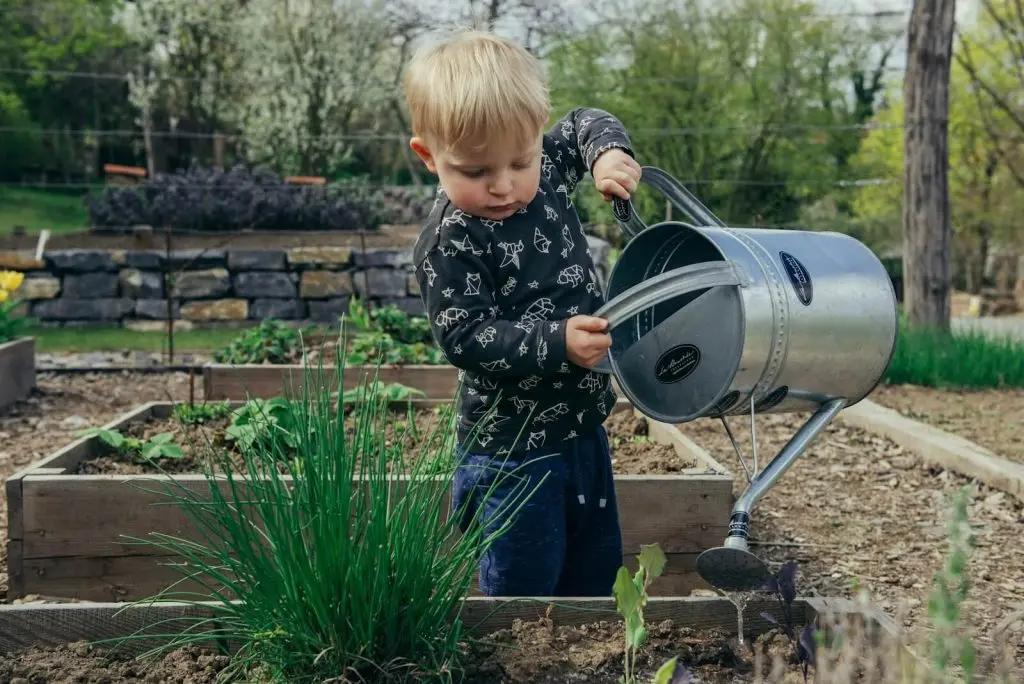
VEVOR’s garden sprayers, like the Stainless Steel Sprayer, and backpack sprayer are invaluable tools for efficient plant care. With features such as adjustable nozzles for precise spraying and a durable stainless steel build, they facilitate water distribution, fertilizers, and pest control solutions. These sprayers are versatile for various gardening tasks, ensuring your plants receive optimal care for robust growth and abundant harvests throughout the season.
Common Harvesting Mistakes to Avoid
Avoid these common mistakes to enjoy a productive garden!
- Harvesting Too Early or Too Late
Timing is everything! Picking vegetables before vegetable harvest times can mean missing out on their full flavor and nutrition. Conversely, there must be more time to harvest tough, woody produce. Always watch your veggies and learn the signs of their perfect ripeness. But doing it after the harvest time of vegetables can also generate bad quality veggies!
- Damaging Plants During Harvest
Be gentle with your plants. Rough handling can damage them, reducing future yields. The use of the right tools like garden shears or pruners. For making clean cuts to keep your plants healthy and productive.
- Neglecting Regular Harvesting
You should not neglect the garden! Harvesting promotes more growth and keeps your garden active all the time it is producing. Besides, it also prevents vegetables from being overripe and rotting on the plant. It is important that once in a while, especially during the fruiting seasons, you make an effort to harvest the fruits.
Post-Harvest Handling and Storage
Fresh fruits and vegetables especially upon harvest require proper handling to restore and or retain their freshness, nutritional value, taste, and overall quality. Fruits and vegetables are delicate and easily spoiled so if they are not well handled after they have been harvested they spoil.
Cleaning and Sorting Vegetables
Cleaning and sorting of vegetables is critical after garden harvesting to ensure that the food remains fresh and in good condition. Wash the fruit gently first by hosing it with cold water to wash off the surface dirt and other forms of debris.
Do not soak because this will promote rotting of the fruit. Next, organize the produce, and make sure you have set aside any spoiled or disease-affected product from the lot.
Arrange the vegetables according to their size and the level of ripeness to allow proper storage. Cautious handling during washing and sorting also reduces damage to the vegetables making them last longer and maintain their rich nutrient value before being consumed.
Proper Storage Techniques
One of the key factors that should be implemented when preserving the quality and fresh produce is the proper storage methods. The main parameters include temperature and relative humidity – most vegetables have to be stored at a cool temp., and at a humidity level of 85-95% because most vegetables increasingly dehydrate in cooler temperatures.
Carrots and potatoes, for instance, thrive in cool and moist conditions, while tomatoes and peppers are best grown in warm conditions ever so slightly.
VEVOR’s food-grade storage containers offer an excellent solution, ensuring produce remains fresh.
Extending the Harvest Season
Extending the harvest season is key to maximizing the productivity of your garden and fresh production throughout the year.
Using Season Extenders
There is a need to plan for the extension of the harvest period and ensure that suitable techniques are put into practice to avoid adverse factors such as frost affecting the crops.
Another technique is the use of protectant structures like row covers, cold frames, and greenhouses. Crop is protected by the row covers which are characterized by the lightweight fabric material that can protect plants from cold and let the sunlight, and water in during early and late season crops.
Cold frames provide a more controlled environment, protecting tender plants from frost with their insulated design. They trap solar energy during the day and release it at night, maintaining a stable temperature inside.
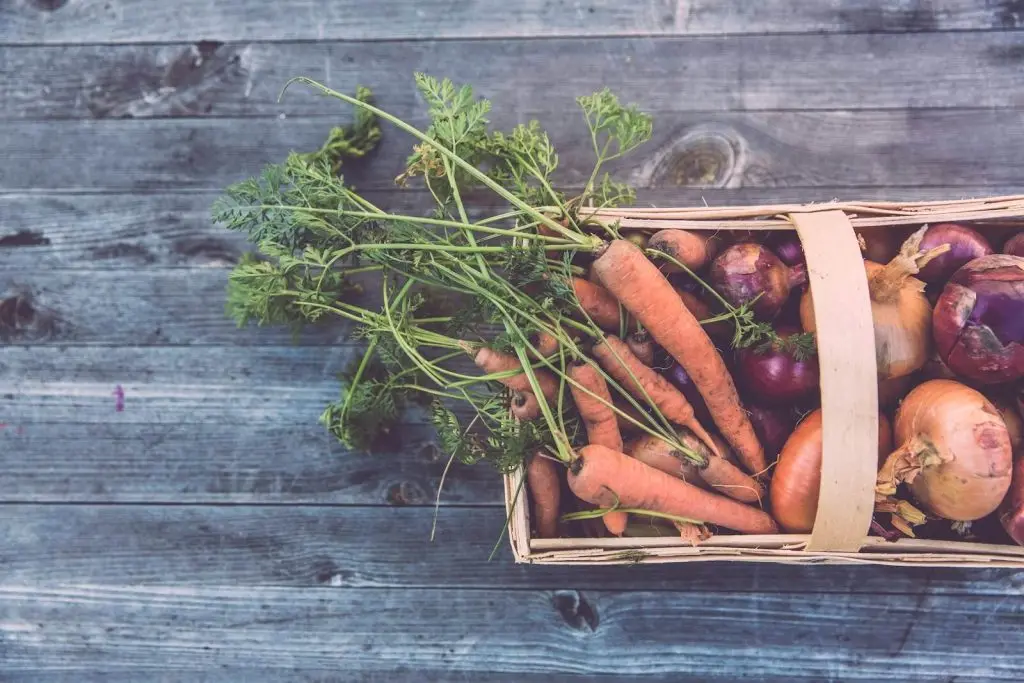
For those looking to extend their growing season significantly, VEVOR offers high-tunnel greenhouses designed for year-round use. These structures provide ample space and climate control features like ventilation windows and roll-up doors. The VEVOR Walk-in Tunnel Greenhouse kit, for instance, boasts a durable galvanized frame and a weather-resistant PE cover, ensuring durability against snow and rain.
Harvesting Before Frost
Vegetable harvesting before the onset of frost is crucial for preserving crop quality. It involves monitoring weather forecasts and promptly harvesting mature crops. Tender plants can be protected by covering them with cloches or bringing them indoors during cold spells.
If you’re a gardener, you can prolong the harvest using this method. This will ensure steady supply of fresh produce beyond the typical growing season.
Conclusion: Enjoying the Fruits of Your Labor
It is rewarding when you can enjoy that fruits of your labor. Follow these simple tips and techniques and you can have a bountiful and flavorful summer harvesting.
Discover what works best for your garden. With practice, you’ll find the perfect approach for your needs. Use VEVOR’s quality tools and solutions to make harvesting easier. Their products can help you achieve great results.
Enjoy the fresh, delicious produce from your garden. Your efforts will be well worth it. Enjoy the process and the tasty rewards. Happy harvesting!

